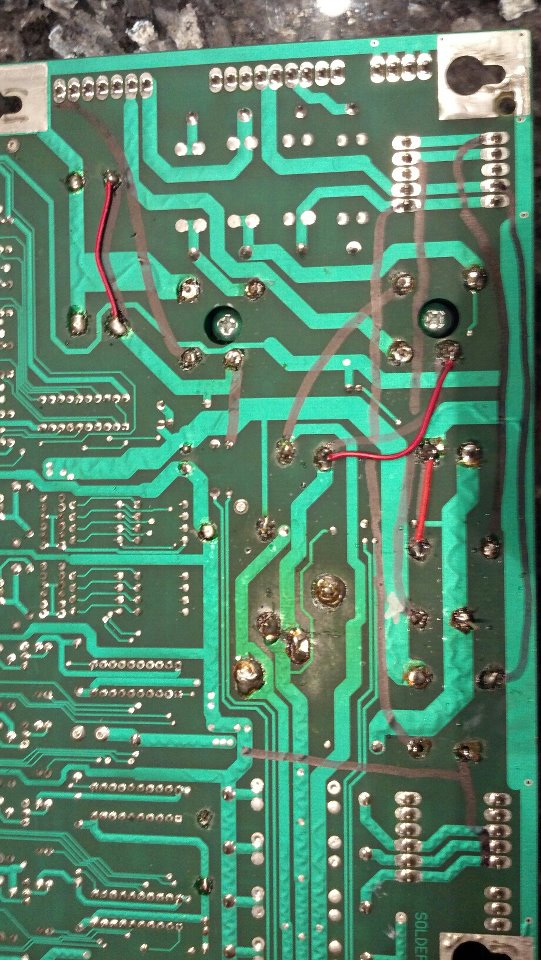In this video I talk about how some pinball machines can just be repeatedly difficult to work with, and why that might be. It’s one of the things many players and operators sometimes run into: a game that just won’t run reliably. What are the causes for this?
First Look: Stern Dungeons & Dragons Pro (first impressions)
I’m feeling a bit under the weather but decided to drag out my pinball cam and try to get a quick video of my first impressions with this new game. I hope you enjoy it.
I got the game designers wrong – my bad: Brian Eddy and Dwight Sullivan. Still recovering from being sick.
Arcade Walk-thru: Flippin’ Great Pinball in Tallahassee, Florida
Here’s a short video of a glimpse inside a cool arcade in downtown Tallahassee, Florida near the college campus featuring a nice array of old school pinball machines.
For more check out their web site: http://www.flippingreat.com/wp/
And please consider subscribing to mine if you want to see more stuff!
https://youtube.com/pinballhelp?sub_confirmation=1
Arcade Walk-Thru: Cidercade in Austin, TX
I was in Austin for some other business and decided to check out this popular downtown arcade.
WPC Driver Board Recommended Trace/Jumpers
I occasionally like to refer back to this reference I made awhile back and I don’t think I had it posted on my site, but when working on WPC driver boards, it’s very easy to damage traces that connect opposites sides of the circuit board. Here’s a handy diagram of those traces and recommended jumpers to make the board more reliable.

When diagnosing power problems on the WPC driver board, it’s a good idea to check for continuity between these marked traces. This can indicate a blown thru-hole.
Stern S.A.M. Walking Dead Pinball With No Sound – How To Fix?
I’ve encountered an odd problem with this Stern Walking Dead pinball game. The sound completely went out. But there is not a dedicated sound board. So what do you do? It’s a lot scarier than one would think…. This is part one describing what’s going on and what I’m doing about it…
Will UV Gel Work To Fix Worn Pinball Playfields?
In this video, I am testing a technique that some have been talking about, using a special gel that will cure under UV light to fix playfield damage. I’m using what’s called “Bondic.”
Note I say “infrared” but I obviously mean “ultraviolet.”
What’s your experience with this product?
